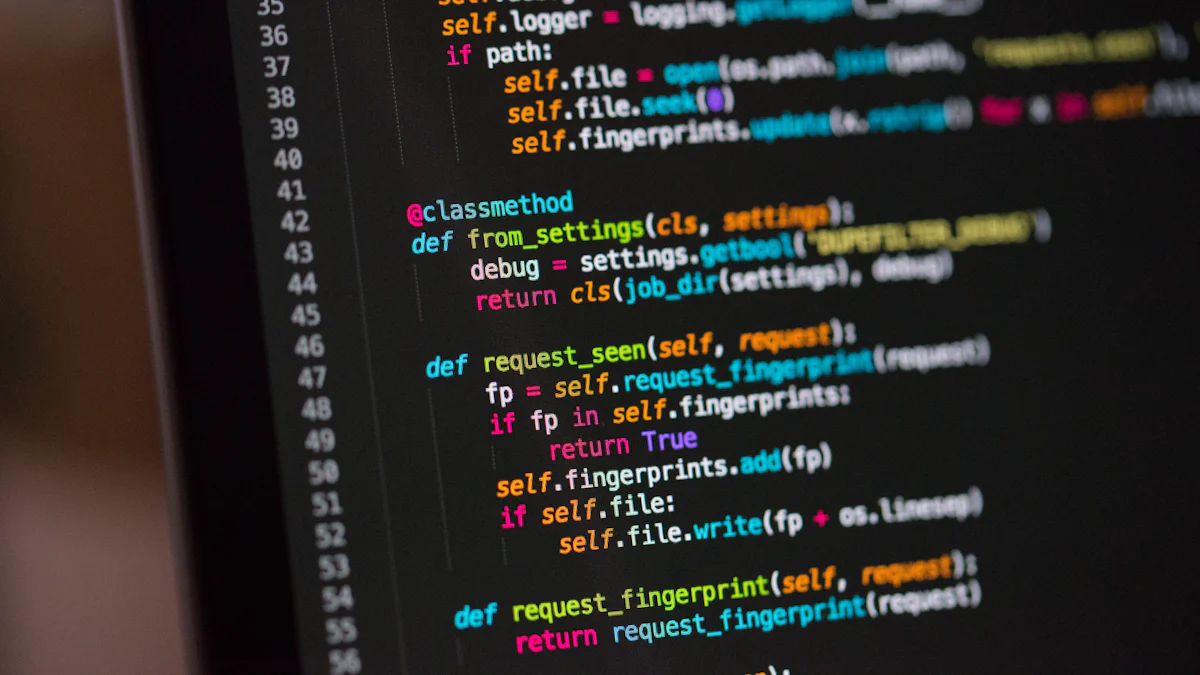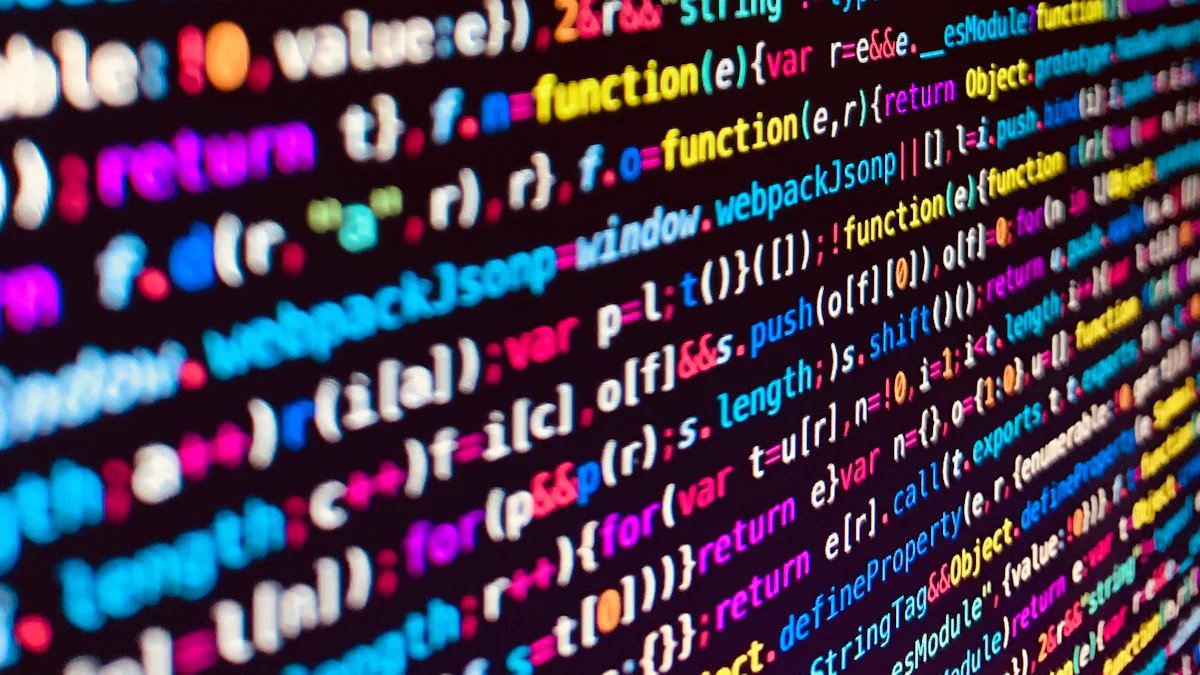
In the realm of machine learning, K-Nearest Neighbors (KNN) (opens new window) stands out as a fundamental and versatile algorithm. Its simplicity and effectiveness (opens new window) make it a popular choice for classification tasks. By leveraging observable data similarities (opens new window) and distance metrics, KNN predicts outcomes based on the characteristics of nearby data points. This blog aims to demystify the process of creating a KNN model in Python, offering readers a step-by-step guide to harnessing the power of this nearest neighbor algorithm.
# Understanding K-Nearest Neighbors
K-Nearest Neighbors (KNN) is a powerful classifier that excels in datasets with pure numerical features (opens new window). Its primary focus lies in leveraging observable data similarities and sophisticated distance metrics to generate accurate predictions. The algorithm, a supervised machine learning technique, adeptly handles both classification and regression tasks (opens new window).
# What is KNN?
# Definition and basic concept
At its core, K-Nearest Neighbors (KNN) is a versatile classifier that predicts outcomes based on the characteristics of its closest neighbors. By storing the entire training dataset as a reference during the training phase, KNN assigns a class label to a data point based on the majority class of its k nearest neighbors.
# Applications of KNN
The algorithm's applications span various fields (opens new window), including Computer Vision and Content Recommendation. It operates under the principle that observations closest to a given data point are the most similar observations in a dataset.
# How the Nearest Neighbor Algorithm Works
# Identifying Neighbors
In K-Nearest Neighbors (KNN), identifying neighbors involves selecting the k closest neighbors to a data point based on predefined distance metrics like Euclidean or Manhattan distance (opens new window).
# Calculating distance
Calculating distances between data points is crucial for determining similarity. Metrics such as Euclidean and Manhattan distances play key roles in measuring proximity among data points.
# Key Features of KNN
# Non-parametric nature (opens new window)
K-Nearest Neighbors (KNN) is known for its non-parametric nature, making minimal assumptions about the underlying data distribution. This flexibility allows it to adapt well to various types of datasets.
# Supervised learning (opens new window)
As a supervised learning algorithm, K-Nearest Neighbors (KNN) relies on labeled training data to make predictions. It learns from known outcomes and uses this knowledge to classify new data points effectively.
# Implementing KNN from Scratch
To kickstart the implementation of K-Nearest Neighbors (KNN) from scratch, the initial step involves setting up the environment. Begin by installing the necessary libraries to facilitate seamless coding. Once the libraries are in place, proceed with installing essential dependencies to ensure a smooth workflow.
Next in line is preparing the data for model building. This phase encompasses loading the dataset into your Python environment, providing you with real-time access to the data at hand. Following this, engage in data preprocessing tasks to clean and organize the dataset effectively.
Subsequently, delve into building the KNN model itself. Start by crafting the algorithm meticulously, ensuring each step aligns with the core principles of K-Nearest Neighbors. Subsequently, initiate training of the model using your prepared dataset to enhance its predictive capabilities.
# Testing the Model
To validate the efficacy of the K-Nearest Neighbors Classifier (opens new window), the next phase involves testing the model. This pivotal step allows for practical application and assessment of the algorithm's predictive capabilities. Initially, engage in making predictions based on the trained model to observe how accurately it assigns class labels to new data points. Subsequently, proceed with evaluating accuracy by comparing these predicted labels with actual outcomes from the dataset. This comparison provides insights into the model's performance and its ability to generalize well to unseen data instances.
# Making Predictions
Utilize the trained K-Nearest Neighbors Classifier to predict class labels for new data points.
Assess how effectively the algorithm assigns these labels based on proximity to existing data points.
Record these predictions for further evaluation and analysis.
# Evaluating Accuracy
Compare the predicted class labels with actual outcomes from the dataset.
Calculate metrics such as precision (opens new window), recall (opens new window), and F1 score to gauge the model's accuracy.
Identify any discrepancies or areas for improvement in prediction accuracy.
# Evaluating the Model
# Performance Metrics
Accuracy
- Assessing the accuracy of a K-Nearest Neighbors (KNN) model is crucial to determine its precision in predicting outcomes. It measures the proportion of correct predictions made by the algorithm compared to the total number of predictions.
Precision and recall
- Precision evaluates the exactness of the model's predictions, focusing on how many correctly predicted instances were relevant. On the other hand, recall emphasizes the ability of the model to identify all relevant instances correctly, measuring its completeness.
# Improving Model Performance
Tuning parameters (opens new window)
- Fine-tuning parameters in a K-Nearest Neighbors (KNN) model can significantly enhance its performance. By adjusting variables like the number of neighbors (K) or distance metrics, you can optimize the model for better accuracy and efficiency.
Using weighted nearest neighbor classifier
- Implementing a weighted nearest neighbor classifier introduces a nuanced approach to assigning weights to different data points based on their proximity. This technique allows more influential neighbors to have a greater impact on predictions, leading to improved accuracy in classification tasks.
In wrapping up the journey of crafting a K-Nearest Neighbors (KNN) (opens new window) model, it's essential to reflect on the meticulous process undertaken. Each step, from setting up the environment to testing the model's accuracy, plays a pivotal role in honing predictive capabilities. Understanding these intricacies not only enhances model performance but also fosters a deeper grasp of machine learning fundamentals. For further exploration, consider delving into different KNN variants like Adaptive and Ensemble models for diverse applications. Continuous learning and experimentation are key to mastering the nuances of KNN modeling.



